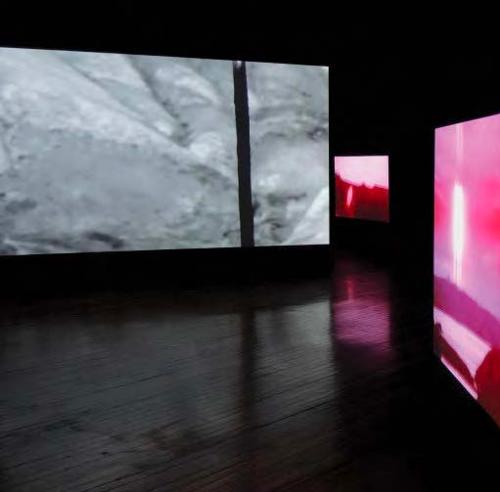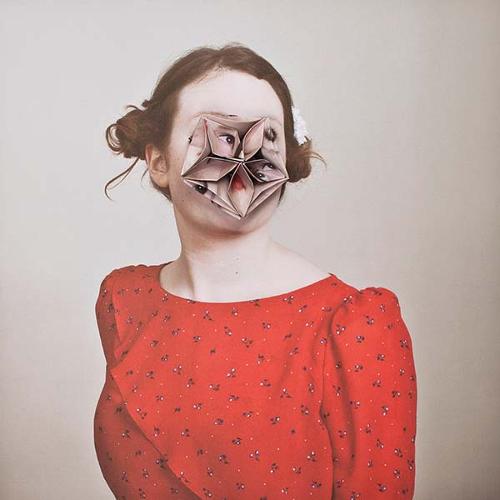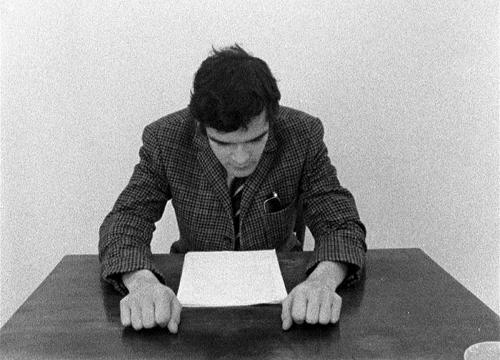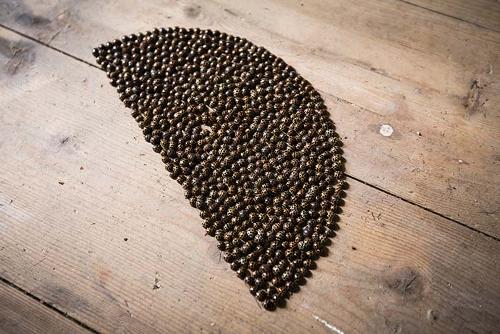Meditations on loss: Hilda Rix Nicholas's war
Images of women: wives, mothers and lovers who lost loved ones in the First World War tend to be cast in wraps of patriotism and stoicism. Such was the hold of maternal citizenship then, but one Australian war widow and artist Hilda Rix Nicholas (1884–1961) broke that mould. Melbourne born, Hilda Rix had been based in Paris as an expatriate artist since 1907. Her post-impressionist paintings typifying the Belle Époque such as La Robe Chinoise (c. 1913) and The Pink Scarf (1913), and of people and places in Tangier which she visited in 1912 and 1914 including Two Women in the Market Place (1912–14), were well received; and her North African work was shown to much acclaim in the Société des Peintres Orientalistes Français in 1914. At the time of the announcement of the war Hilda Rix, her mother and her sister Elsie were in Étaples where Hilda took a studio each summer when the ateliers in Paris closed. Étaples was host to a vibrant artists' colony populated by American, Australian, British and European artists.












